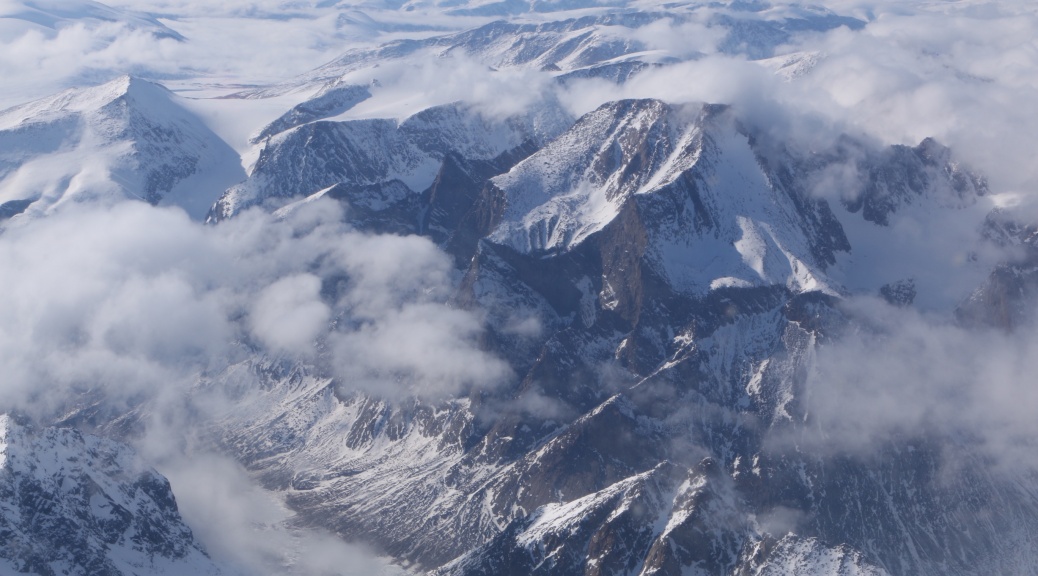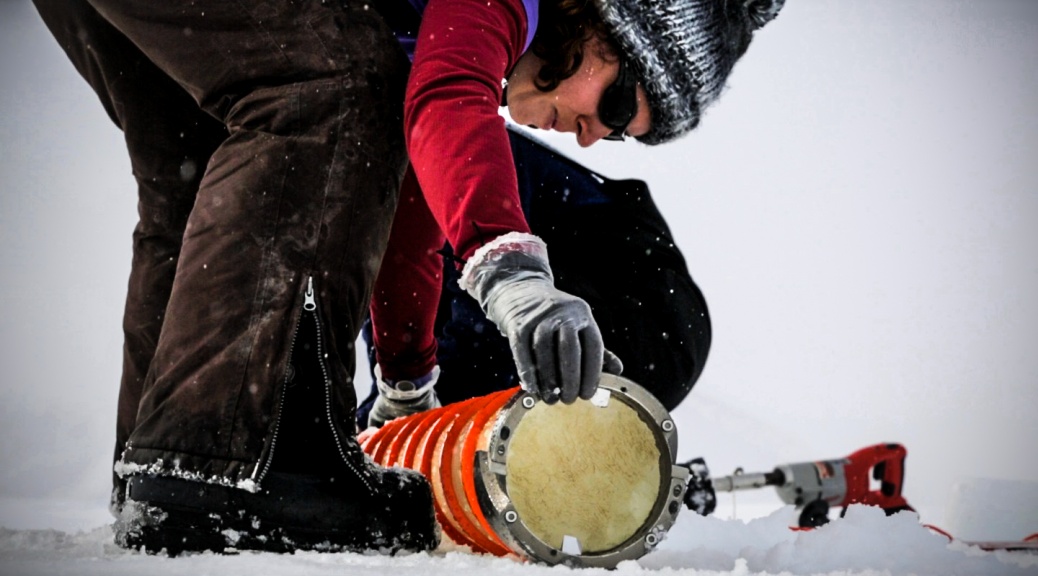Most marine-optics scientists dislike cloud cover. Thick clouds hiding the water surface in the visible and near-infrared spectral region prevent them to get nice ocean color remote sensing images. Thin clouds may lead to inaccuracies in the atmospheric correction when retrieving water reflectance from the sensor, which measures top-of atmosphere reflectance. On field, cloudy skies makes it often hard to adequately retrieve some water optical properties, namely those affected by the environment, the so-called apparent optical properties. Clouds also alter the diffuse and direct sunlight making it more challenging to interpret the water, ice and snow surface reflectance. But in addition to prevent some good sciences, cloud cover also triggers some unexpected GreenEdge (mis)adventures.
Tag Archives: top
Brine channels, micro-habitat for ice algae
During the formation of sea ice, small spaces remain between the ice crystals and are filled with a salty liquid, known as brines.
Continue reading Brine channels, micro-habitat for ice algae
Aggregates
During the green edge 2016 experiment, at the beginning of June, we observed an aggregate event : A morning the hole used for water column sampling was full of millions of large organic particles : aggregates. The same situation repeats every day during a full week before disappearing completely.



